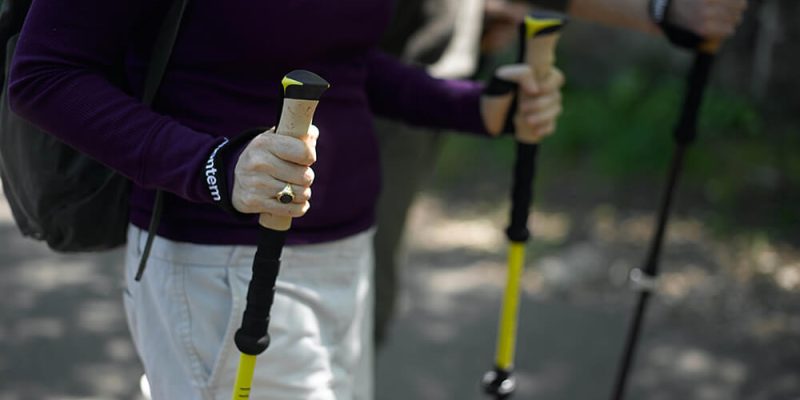Any outdoor enthusiast should consider a survival kit as a must-have item. Poor planning and preparation can lead to disaster. However, a well-designed survival kit can help you avoid these dangers. Hikers with experience always suggest customizing a kit to fit each individual’s needs and circumstances. Survival gear is customized to suit different locations, climates and levels of experience.
Survivalists are able to adapt to any situation by using the right tools and survival hacks. Different sites may recommend different items, but these items are most common.
Customizing Your Kit
You may wish to customize your equipment based on your needs. Start by asking yourself these five questions.
- How many people are sharing this survival kit with?
It is important to customize your survival kit according to the number people who depend on you. A solo camping trip requires less gear than a trip for 8 people. Some gear may need to be increased directly proportional with the increase in the size of the group, while other items can stay the same. One fire starter can be used by the entire group, while space quilts are more suited to individual use.
- What kind of emergency could you be facing?
Different emergencies can arise based on your activity. For example, if you are planning to travel through the forest, or desert, then the first option is to use a tick-removal cream, and the second, a sunburn lotion. Each scenario has its own unique risks. It is important to assess these risks before building your survival kit.
- Where will you use the kit?
You will need to consider the climate in different locations when deciding what you should include in your survival kit. You will often encounter freezing temperatures when traveling to the north. You may be more inclined to buy space blankets and emergency hand warmers due to this weather.
- What is your experience in the outdoors?
In general, the better your outdoor wilderness survival skills, the less items you will need in your survival pack. Some people are very good at starting fires and may not require emergency tinder or matches.
- How long will you have to wait for help?
You could be rescued in just a few hours if you were to have an emergency at a state or local park. If you’re hiking through the Yukon, or trying to cross Darien Gap, you might have to wait for weeks before rescue teams can reach you. It is important to consider the amount of food and water you will need while waiting for rescue.
Additional Considerations
When stocking your survival kit, you might also want to consider adding a few essential items:
Medical Conditions
Packing an extra set of medications in your survival kit may be worth considering if you use daily medication. It is not uncommon for hiking trips to become longer than expected. It is important to always be prepared and fully stocked! Doctors also recommend over-the-counter medicines, such as high-altitude medication, for certain patients. Your doctor can make personal recommendations based on your health history.
Self-Defense
Some outdoor enthusiasts may be threatened by dangerous people or animals. Some people keep a self-defense or weapon in their survival kit to be prepared.
A survival knife can be a vital tool for self-defense. The best Survival Knife has a non-slip handle and is foldable. Hikers who have used these knives for years recommend that you always keep one on hand. Be sure to check local laws before adding any weapons or self-defense tools to your survival kit.
Cash or Currency
Some towns and service stations do not accept cards. You should therefore take precautions to ensure that you have enough money with you to solve any immediate problems, and to allow you to return home if necessary. For more details to visit bushcraftpro
Communication Devices
Survival kits are usually designed to get you through an emergency situation when help is not available. If you have a satellite telephone, prepaid mobile phone or two-way Radio, you can reach help quickly.
A Word on Redundancy
In an ideal situation, hikers would have duplicates of every survival item. If one item breaks, the hiker will have a spare. As the saying goes, “two is one and one is none.” In the real world however, weight and space limitations will be imposed by outdoor activities on the size of the survival kit.
Multi-purpose items are essential. For example, duct tap is used to fix clothing or camping equipment, but it can also be used as a bandage in an emergency. Safety pins can also be bent into fishhooks or used as a band-aid.



